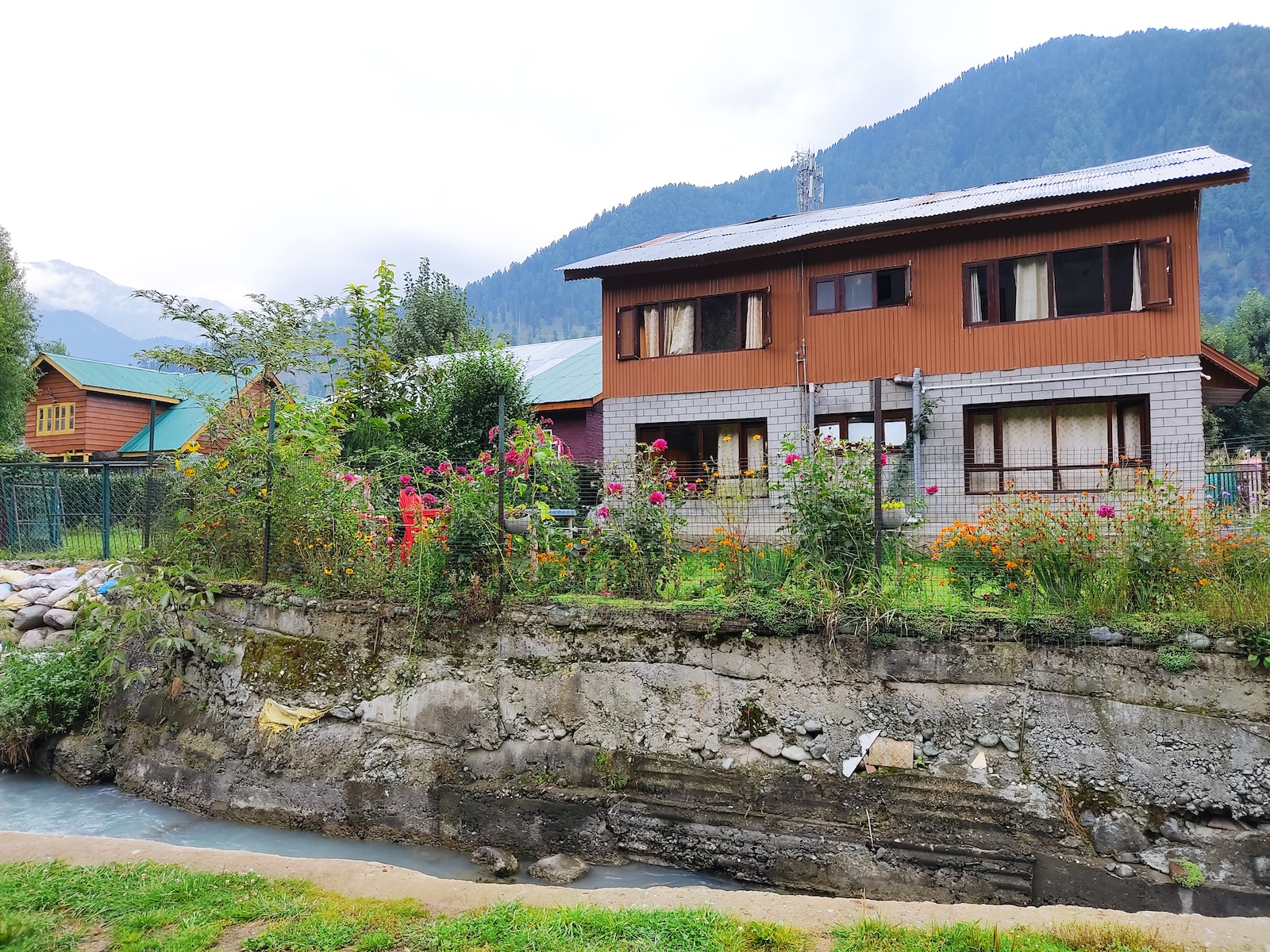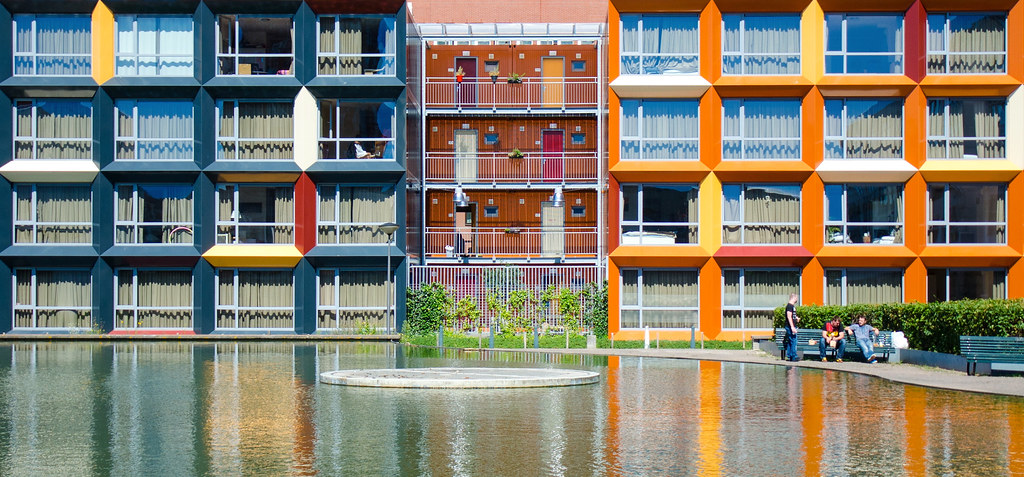Greetings, fellow container home enthusiasts! I’m Emily Owens, and I’ve been writing about the wonderful world of container homes for four glorious years now. Today, I’m diving into a topic that may not be as glamorous as designing your dream container abode, but it’s absolutely crucial: emergency preparedness.
Container homes have taken the housing world by storm, offering eco-friendly, cost-effective, and stylish living spaces. But whether you’ve already converted a shipping container into your cozy haven or you’re in the planning stages, it’s vital to consider how you’ll handle unexpected emergencies. After all, you never know when life might throw you a curveball, and you want to be ready when it does.
So, grab a cup of your favorite beverage and settle in as we explore the ins and outs of emergency preparedness for container homes.
Assessing Your Risks
Before we dive into the nitty-gritty of emergency preparedness, you’ll want to start by assessing the specific risks in your area. Emergency preparedness is not a one-size-fits-all endeavor. Depending on where you’ve placed your container home, you may need to prepare for different types of emergencies.
For instance, if you’ve nestled your container home in the mountains, you might need to consider the possibility of wildfires or heavy snowstorms. On the other hand, if you’re near the coast, hurricanes and flooding may be more likely concerns. So, do your homework and understand the unique risks associated with your location.
Emergency Kit Essentials
Every container homeowner should have an emergency kit ready to go. This kit should include all the essentials you and your family would need to survive for a few days in case of an emergency. Here’s a breakdown of what you should include:
Water
One gallon of water per person per day for at least three days.
Non-perishable food
Canned goods, dried fruits, nuts, and granola bars are excellent options. Don’t forget a can opener!
First aid kit

Bandages, antiseptic wipes, scissors, and any necessary prescription medications.
Flashlights and batteries
Make sure you have reliable sources of light in case the power goes out.
Blankets and warm clothing
You never know when you might need to stay warm without your heating system.
Multi-tool or Swiss Army knife
A versatile tool can be incredibly handy in emergency situations.
Whistle
A whistle can help you signal for help if you’re trapped or in danger.
Important documents
Copies of identification, insurance policies, and any essential personal documents.
Cash
In case ATMs are unavailable during an emergency.
Cell phone and charger
Keep your phone charged and consider a portable charger as well.
Container Home-Specific Preparedness
Container homes have their unique features, and you’ll want to take these into account when preparing for emergencies:
Ventilation
Ensure you have a plan for maintaining airflow if you need to seal your container to protect against hazardous elements like smoke or airborne toxins.
Fire extinguisher

Container homes are often compact spaces, so having a fire extinguisher readily available can be a lifesaver.
Anchoring
If you’re in an area prone to earthquakes or high winds, consider how you’ve anchored your container home to the foundation. Reinforcing these connections can prevent structural damage during a disaster.
Insulation
Adequate insulation can help regulate temperatures during extreme weather events, making your container home more comfortable and energy-efficient during power outages.
Water storage
Container homes may have limited space for water storage, so consider investing in collapsible water containers that can be stored when not in use.
Community Involvement
In the spirit of community and neighborly support, consider reaching out to your fellow container homeowners and creating a network for emergency preparedness. Sharing resources, information, and support can make a significant difference during challenging times.
Conclusion
In the exciting journey of container home living, it’s essential to plan for the unexpected. By taking the time to assess your risks, assemble an emergency kit, stay informed, practice your emergency plan, and engage with your community, you’ll be well-prepared to face whatever challenges come your way.
Container homes are not just about stylish and sustainable living; they’re also about adaptability and resilience. So, embrace the adventure of container home living, but do so with a safety net in place. Here’s to cozy and secure container living – may you and your container home weather any storm that comes your way!





















Find Us on Socials